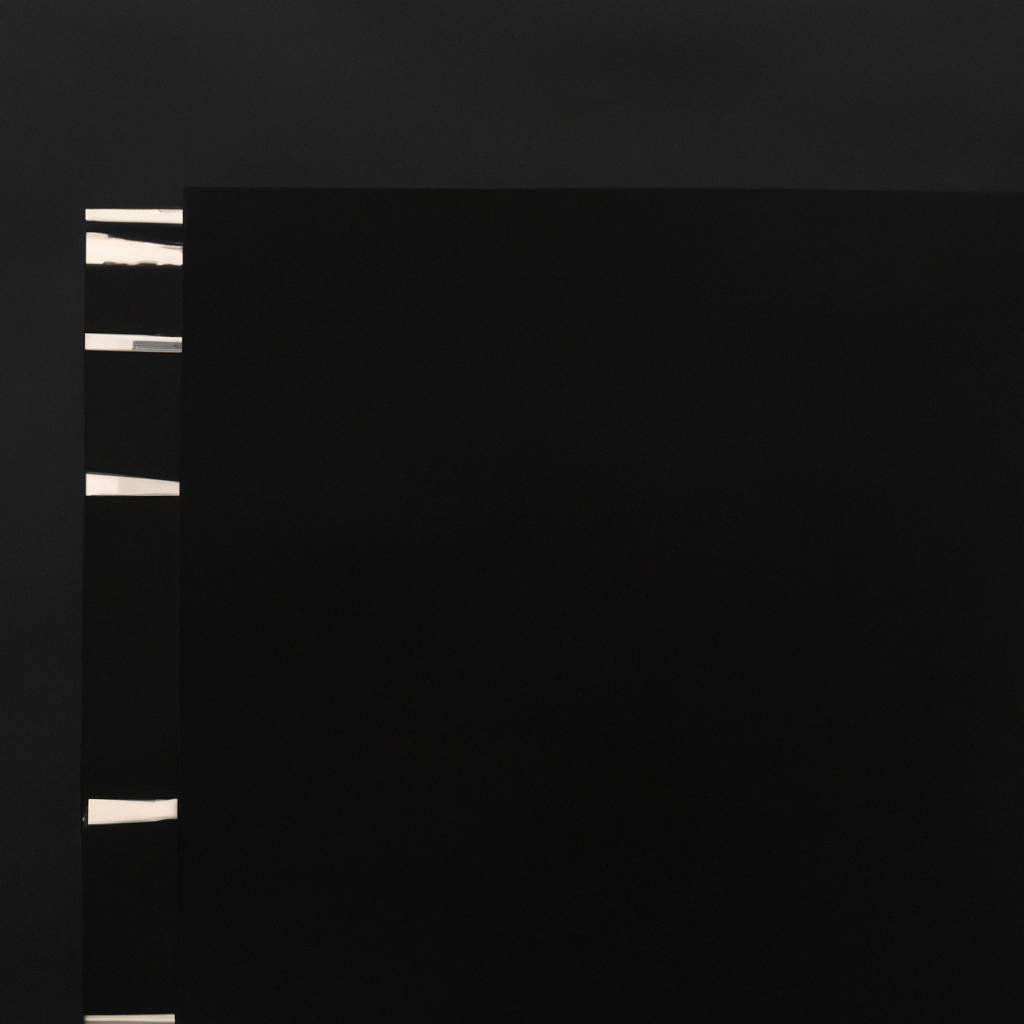
The Significance of Paper Textures in Graphic Design
Hello to all the imaginative minds and creative explorers out there! Get prepared to deep-dive into the significant appeal of paper textures in graphic design. Think back to those designs that gave you a sense of touch, a feeling of rustic realism, or a vintage appeal, and you’ve uncovered the charm of paper textures. Are you ready to explore deeper into the art of harnessing paper textures?
The Art of Paper Textures in Design
But first things first, what are paper textures in design? Simply put, paper textures are digitized versions of different types of paper surfaces that can be used to give a tactile and visually appealing element to your designs. Paper textures can bring designs to life, adding depth and dimension to what would have been a flat graphic.
Why Paper Textures are Important in Design
What makes paper textures matter in design isn’t just the tactile realism they impart; paper textures provide an additional visual layer, making designs stand out in a crowded digital space. By adding paper textures, you can evoke specific emotions, infuse nostalgia, and bring a refreshed look to your design works. This makes paper textures a must-have skill set for graphic designers who aim to create truly distinctive art.
Your Palette: A Comprehensive Guide to Paper Textures
If you’re feeling a bit at sea in the world of paper textures, don’t panic. Here’s a simple five-step guide to mastering paper textures:
- Understand the different types of paper textures starting from rough, uncoated stocks to the smooth, glistening surfaces of coated papers.
- Explore texture libraries and get a hang of properly using them in your designs.
- Experiment by overlaying textures on different graphic elements and observing the effect.
- Consider how the texture affects the design’s mood and use it to enhance your overall design language.
- Keep up with the latest trends in texture use to keep your designs fresh and contemporary.
For a more intuitive understanding, many comprehensive video tutorials are available online.
Paper Textures: The Unspoken Charm in Design
A good paper texture can subtly enhance your design, adding a tactile realism that can sweep viewers off their digital screens into a tangible world. It’s a silent player that enriches the overall design narrative, offering a sensory experience that goes beyond mere visuals. So, mastering the art of using paper textures isn’t just about aesthetics; it’s a strategic choice that can boost your designs’ appeal manifold.
Paper Texture: Your Design’s Secret Sauce
Regardless of your niche in graphic design, understanding how to work with paper textures can bring a whole new dimension to your creative outputs. From designing an engaging website background to crafting attractive social media posts, the right paper texture can transform your design from ordinary to spectacular. So, are you ready to bring the feel of paper to your digital designs?
Paper Textures in Design: Bringing Designs to Life
Paper textures do more than just make your design feel real; they inject life into your art pieces, making them relatable and memorable. They act as a tool to immerse your audience in your design, fostering a profound connection between your artwork and the viewer. So, whether you’re designing a luxurious brand logo or a rustic event poster, paper textures can provide your designs with an edge of authenticity and depth.
Paper Textures in Graphic Design: Key Takeaways
Here’s what leveraging the power of paper textures can do for your designs:
- Add a tactile dimension, offering a realistic, touch-able feel to your designs.
- Elevate the visual interest, giving a stark contrast to flat graphic elements.
- Guide your audience’s visual journey through the design, adding emphasis where required.
- Heighten the emotional resonance, offering a sensory experience that elevates the overall impression.
If you’re navigating the pulsating world of graphic design, understanding and skillfully using paper textures can turn the tide in your favor. So why wait? Immerse yourself in the world of paper textures, and watch your designs come alive. After all, the power to create is in your hands, make it count!